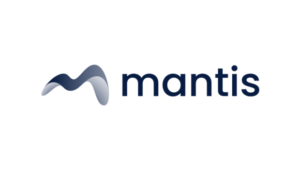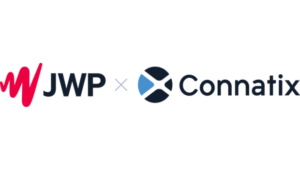Progressing the ATD Model – What Does the Future Hold?
←Back to Indexby on 6th Jan 2015 in TRADERTALK
How are agencies developing their trading models in an era whenever many in the industry assert that Facebook, Google, et al. have declared war on their earlier business models, and increasing numbers of client-side marketers are contemplating taking their programmatic media-buying in-house? In this video Marco Bertozzi, Vivaki, president, Audience On Demand, client services, EMEA, North America, and Brian Lesser, Xaxis, CEO, share insights on the approaches taken by their respective holding companies – Publicis Groupe and WPP – explaining how media optimisation works within the broader agency structure.
Agencies have been the traditional power brokers in the media game, channeling millions and millions of their clients' ad budgets in the direction of where they see fit. But equally so, they have been identified by many as potentially the biggest victims of the emergence of programmatic media trading models, as interlopers from the ad tech sector have been keen to rock the status quo, in their bids to inflate their valuations. In addition to this, question marks have frequently been raised over the transparency of the agency trading desk (ATD) model, further undermining the once dominant role of agencies in the media trading landscape.
In this panel session, shot at ExchangeWire's recent ATS New York event, Marco Bertozzi, Vivaki, president, Audience On Demand, client services, EMEA, North America, and Brian Lesser, Xaxis, CEO, share insights on the approaches taken by their respective holding companies Publicis Groupe and WPP. Vivaki's Bertozzi explains how Publicis has positioned the outfit as a central hub of expertise (or consultative layer) that will help spread awareness of ad tech to individual agencies throughout the wider holding group, as well as offering insights into how its mammoth acquisition spree in 2014 will feed into its programmatic strategy ahead.
"We need to move away from just buying a schedule, to looking at it as media coming through that is powered by technology, with Vivaki being at the centre," says Bertozzi. "All of these deals [over the past 12 months] have been put in place to help build a platform at the centre of Publicis where each of the pieces will be joined up and help the individual agencies," he adds.
Meanwhile, Lesser is adamant that Xaxis is NOT an ATD, nor a consultative layer, for WPP! Rather, he sees the outfit as a media company, that has evolved from earlier iterations (where it may have fulfilled such functions). Rather Lesser envisages a future where individual agencies will run trading desks on behalf of their clients (where they buy media from outlets such as Facebook, etc, as well as Xaxis itself).
From here, he sees the future role of Xaxis et al., as enhancing media-buys by both aggregating media inventory from a number of sources, and then in turn using data to enable sister agencies to provide better value to their clients.
"The media agency ends up owning the programmatic media plan; and we end up as a single line item [alongside others like Google, etc.] on it," adds Lesser. "We aggregate data and produce products like Xaxis TV, etc., which are a combination of data, inventory people and technology, which are competitive to other products in the market."
See below to see more on their views on how agencies will stay relevant in the media landscape














Follow ExchangeWire